Jacob Curr
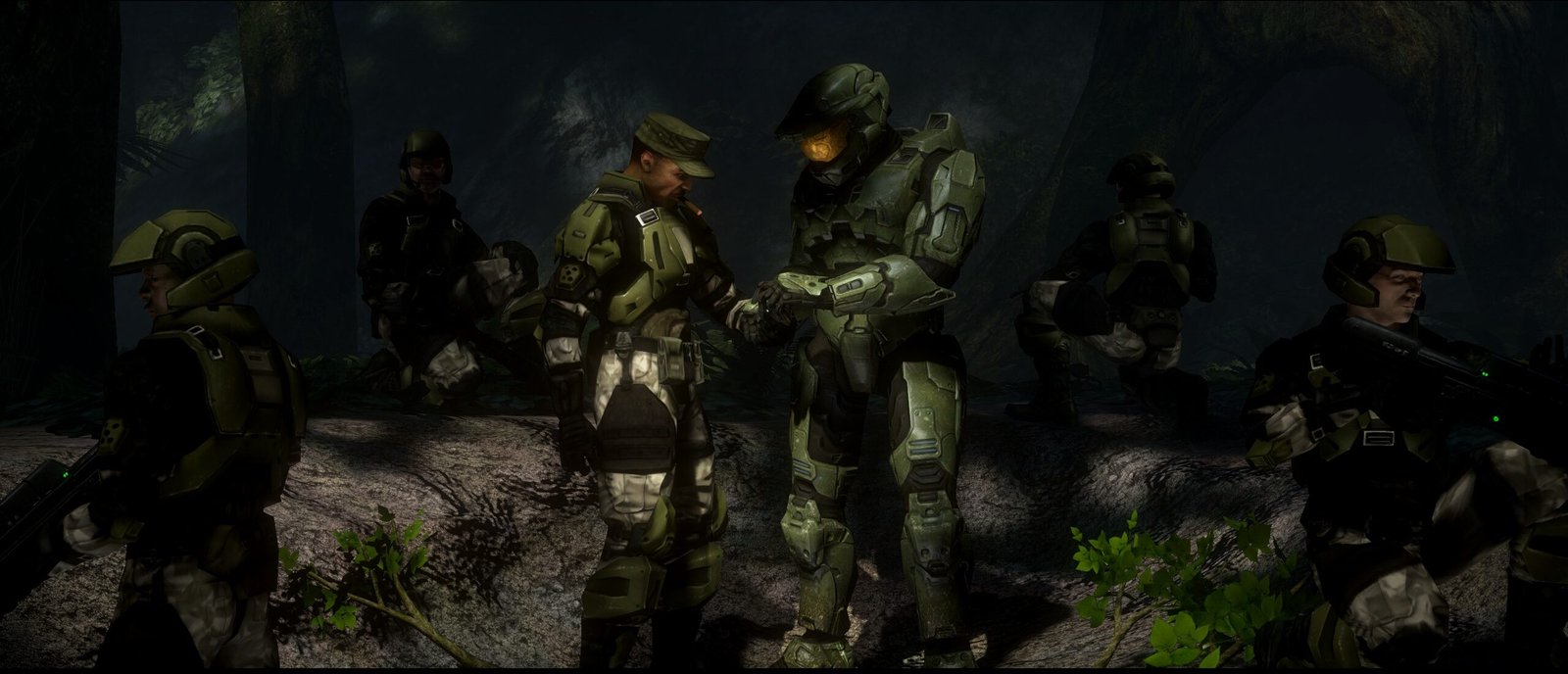
The Halo franchise released it’s first title under Bungie all the way back in 2001 with the launch of Halo: Combat Evolved. Since then, the franchise has seen the release of five additional mainline titles, four side-story titles, and a few minor title releases to go along with them. For those wanting to play through the Halo games from the beginning of the story to the end, playing the games in order of release date is not ideal as the games jump back and forth in the timeline. These timeline jumps mostly take place during the era when the development of Halo was transitioning from Bungie to 343 Industries, as the Bungie team seemed to have a desire to send off their franchise on a high note by exploring other stories within the Halo universe (as well as other genres). This is the updated chronological timeline for all of the Halo games for anyone wanting to play through the story in chronological order, or for those who are simply interested in where all of the games fall on the timeline.
1: Halo Wars (2531)
Image Credit: Bungie; Microsoft
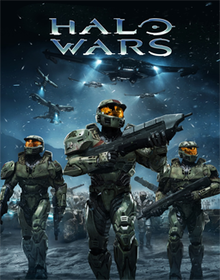
While Halo Wars was released in 2009 as the forth installment in the franchise, the events of the game are actually the first to occur in the Halo universe chronologically. Halo Wars takes place 21 years prior to the events of the original trilogy, and is set during the early years of humanity’s conflict with the Covenant.
Be aware, if you plan to start your playthrough of the series with Halo Wars, that this game is not a first person shooter (FPS) like the majority of games in the Halo franchise- rather it is a real-time strategy game (RTS). (The Halo Wars games are, in our opinion, some of the best RTS games that are available on console that can be played with a controller)
2: Halo Reach (2552)
Image Credit: Bungie; Microsoft
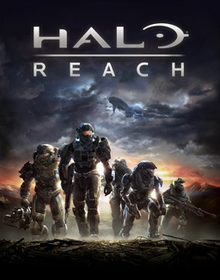
Halo Reach was released in 2010 as Bungie’s swan-song title, a final nod to the Halo franchise they developed for so long right before ownership officially transferred to Microsoft and 343 Industries. Reach is a direct prequel to Halo: Combat Evolved, it’s story involving the battle around the human colony Reach, and the mission to get the AI Cortana off of the planet.
3: Halo: Combat Evolved (2552)
Image Credit: Bungie; Microsoft
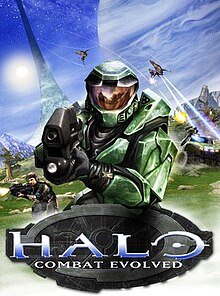
The game that birthed a legend, established a franchise, and set many of the gaming standards we see in first person shooters to this day. Halo: Combat Evolved was released in 2001 as Bungie’s first game in the series, however it falls in line chronologically as the third game in the timeline. The events of Halo: CE occur immediately after that of Halo: Reach.
Since the game was released in 2001, far earlier than any other in the series, the graphical downgrade from Halo: Reach to this one may be a little jarring for those who are playing the games in chronological order (although in our opinion we think the game has aged quite well).
An edition of the game with a graphical upgrade was released in 2015, Halo: Combat Evolved Anniversary. If you are playing through the Halo games on the Master Chief Collection, then this is the default version of the game. If this is the case, then you have the opportunity to switch back and forth between the new and old versions of the game as you play. Many recommend sticking with the older version of the game, as it is said that the updated graphics remove a lot of the atmosphere that the original provided.
4: Halo 2 (2552)
Image Credit: Bungie; Microsoft
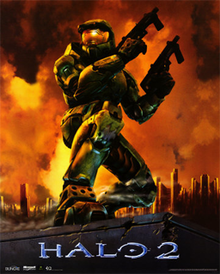
Halo 2 was released in 2004 and is the second game of the original Halo trilogy. The story directly follows that of Halo: Combat Evolved as the covenant attack Earth at the city of New Mombasa. The game’s storyline bounces between the perspectives of two characters as opposed to one – the Master Chief (duh) and the Arbiter, who fights on the side of the Covenant. This alternating perspective gives the player an interesting insight to the Covenant, which was a first in the series at the time of release.
5: Halo 3: ODST (2552)
Image Credit: Bungie; Microsoft
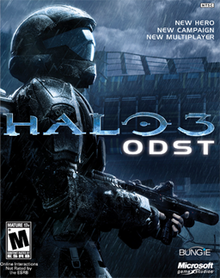
Halo 3: ODST was released in 2009 after the 2007 release of Halo 3, however the events of the game actually occur simultaneously with the events of Halo 2. In this side story, the Covenant have attacked Earth, and you are an orbital drop shock trooper (ODST) who is assigned to a squad of ODSTs tasked with taking out a Covenant Supercarrier hovering over the city of New Mombasa. Things do not go as planned, your silent protagonist is split up from the rest of his squad, and the mission changes as you walk the streets of the city alone in an attempt to figure out what happened to all of your squad mates.
Halo 3: ODST provides an atmosphere second to none in the Halo franchise with its thick sense of loneliness and despair engulfing you with every step in New Mombasa. The game also has one of the best sound tracks in the entire series, and arguably in all of gaming.
6: Halo 3 (2552-2553)
Image Credit: Bungie; Microsoft
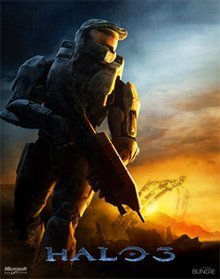
Halo 3 is the final part of the original Bungie trilogy, released in 2007. The game returns the focus back on to the Master Chief as he and the UNSC fight to stop the Covenant once and for all. As to be expected, Halo 3 is a direct sequel to Halo 2, and follows the events of both that game and Halo 3: ODST. It’s time to finish the fight.
7: Halo: Spartan Assault (2554)
Image Credit: Microsoft
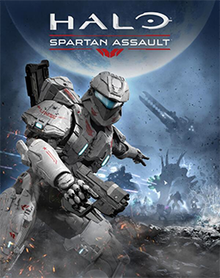
Halo: Spartan Assault released in 2013 and is one of two top-down shooter spinoff games. This first one is set between the events of Halo 3 and Halo 4. It is the first game that can be argued is completely viable to skip as the story does not add much to that of the franchise, and is unneeded to understand anything that occurs in the games that proceed it. Halo: Spartan Assault does introduce us to Spartan Palmer, however, who is a character that returns in the future mainline games.
For those who enjoy this genre of game or who want as much Halo as they can possibly get, there are certainly things to be enjoyed here with this title. For everyone else, skip it and move onward to Halo 4.
8: Halo 4 (2557)
Image Credit: Microsoft

Halo 4 was released in 2012 and marks the first game in the 343 era of Halo. Prepare to explore the relationship between the Master Chief and Cortana on a deeper level than had been seen thus far in the franchise, as they come to terms with a new threat to humanity looming in the darkness. The gap in time between the events of Halo 4 and Halo 3 is four years.
For those playing through the Halo games on the Master Chief Collection, this is where the ride comes to an end. All games past this point are, at the time of writing, not available in the Master Chief collection and will have to be purchased separately as it is unlikely any of them will ever be added to the collection (although we are still holding out hope that Halo 5 makes it there one day).
9: Halo: Spartan Strike (2552-2557)
Image Credit: Microsoft
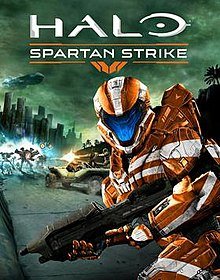
Halo: Spartan Strike is the second top-down shooter spinoff game set in the Halo universe. The game was released in 2015, however the place where the game sits in the chronological timeline is a little bit messy. The story of Halo: Spartan Strike begins during the events of Halo 2, but the second half of the game occurs between the events of Halo 4 and Halo 5: Guardians.
Just like Halo: Spartan Assault, it is entirely acceptable to skip this game and move on directly to Halo 5: Guardians.
10: Halo 5: Guardians (2558)
Image Credit: Microsoft

Halo 5: Guardians released in 2015 as the second part of the Reclaimer trilogy of Halo games developed by 343 Industries. It is widely regarded as the worst of the mainline Halo titles due to its confusing marketing leading up the game’s release that seemed to not match the final product, its lackluster content at launch, and its storyline which rejected many of the themes established in the previous title and focused too heavily on a new team of Spartans led by the player character, Spartan Locke. This is a great video series we love by The Act Man on YouTube that breaks down some of the issues with the game in further detail.
That being said the gameplay is, in our opinion, an improvement over that of Halo 4, and there are still cool moments to be had with this one even if the plot and its pacing leave a lot to be desired. The story is also necessary to know in order to help understand the events of the future games in the series.
11: Halo Wars 2 (2559)
Image Credit: Microsoft

Released in 2017, Halo Wars 2 is set between the events of Halo 5: Guardians and Halo Infinite. Similar to Halo Wars, Halo Wars 2 is also a real-time strategy game that continues the story of the Spirit of Fire and her crew as they awake from cryosleep to a new, dangerous enemy – the Banished. If you enjoyed the gameplay and story of Halo Wars, you’ll really enjoy this one as it offers much more of the same alongside some significant improvements and additions.
12: Halo Infinite (2560)
Image Credit: Microsoft
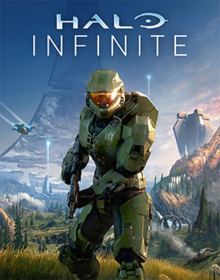
Halo Infinite is the most recent release in the series at the time of writing releasing in 2021, and is also at the moment the last game in the chronological timeline. The story of Halo Infinite occurs a year after that of Halo Wars 2 as the Master Chief is thrusted into the conflict with the Banished.
For the first time in the series, the Halo Infinite campaign is played in an open-world environment that is blended alongside some of the more linear mission environments that we have come to enjoy with the franchise thus far. The game boasts some of the best minute-to-minute gameplay in the entire franchise, and you’ll quickly notice that its art-style and graphical fidelity are reminiscent to that of Halo 3.
For questions, concerns, or business inquiries contact us here.


